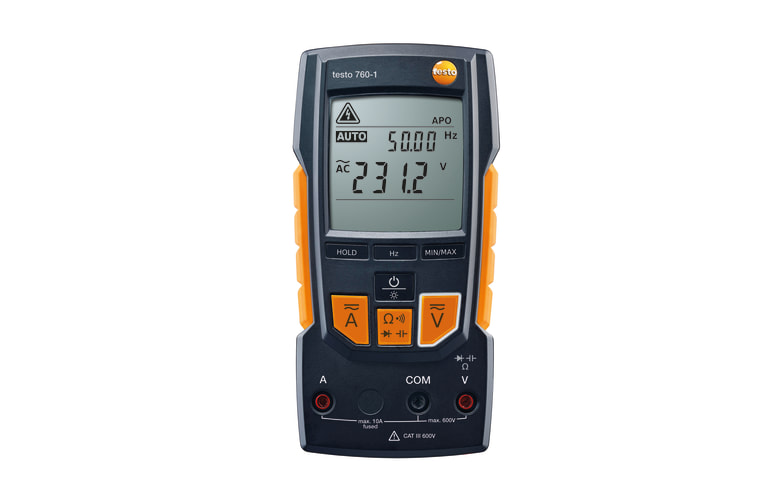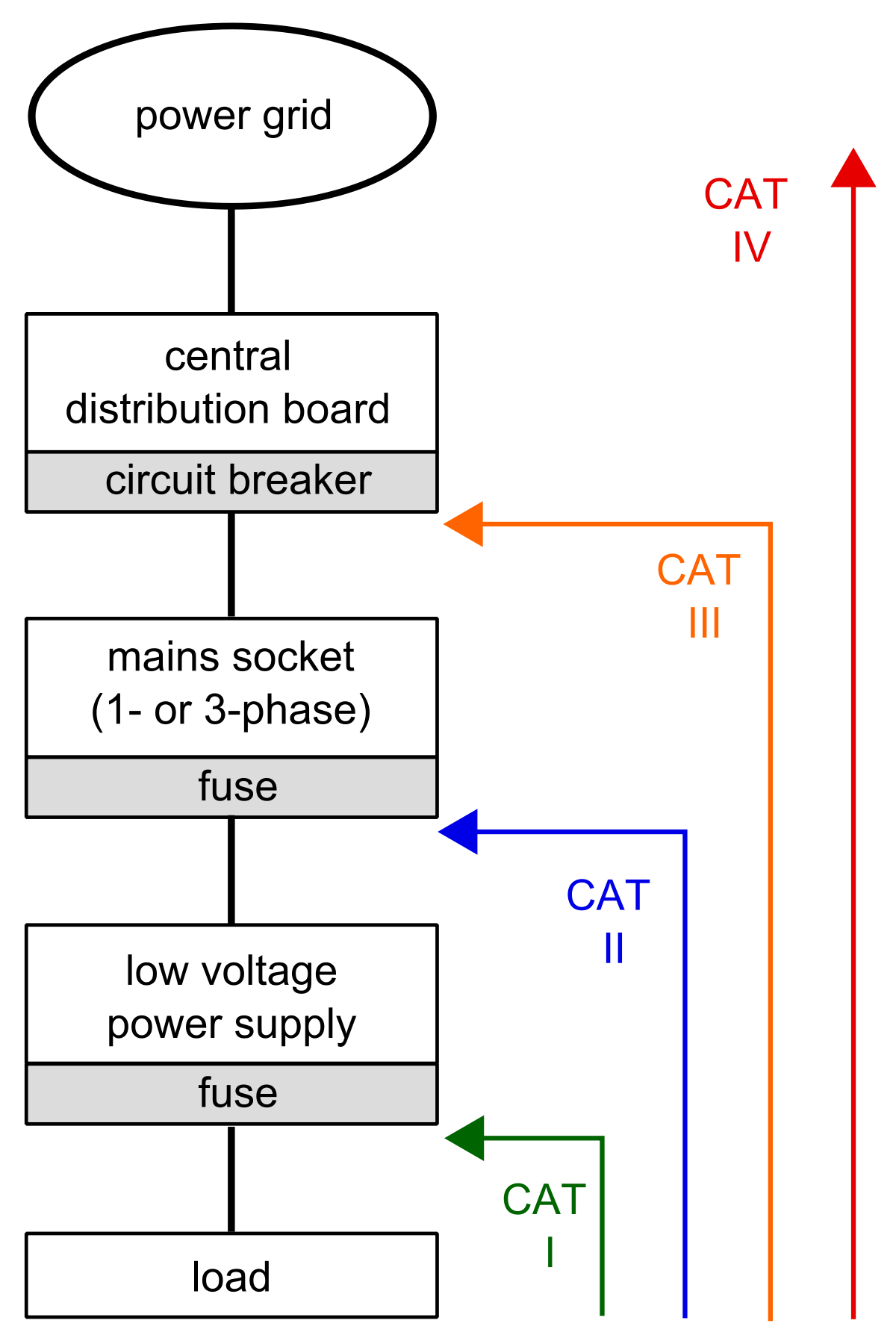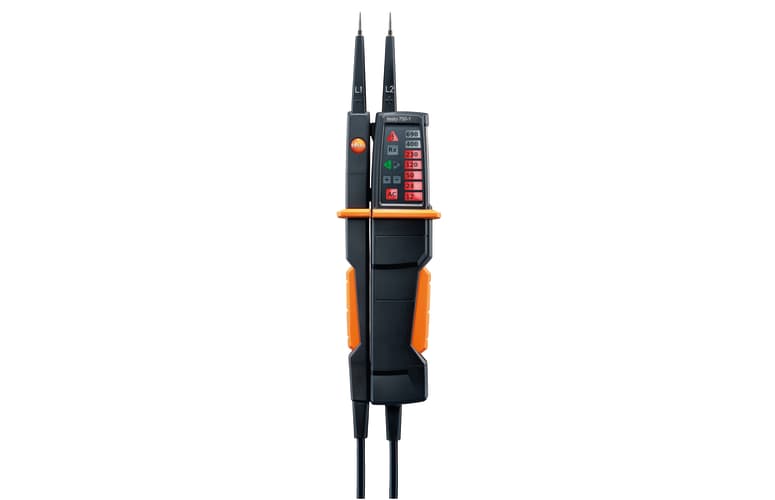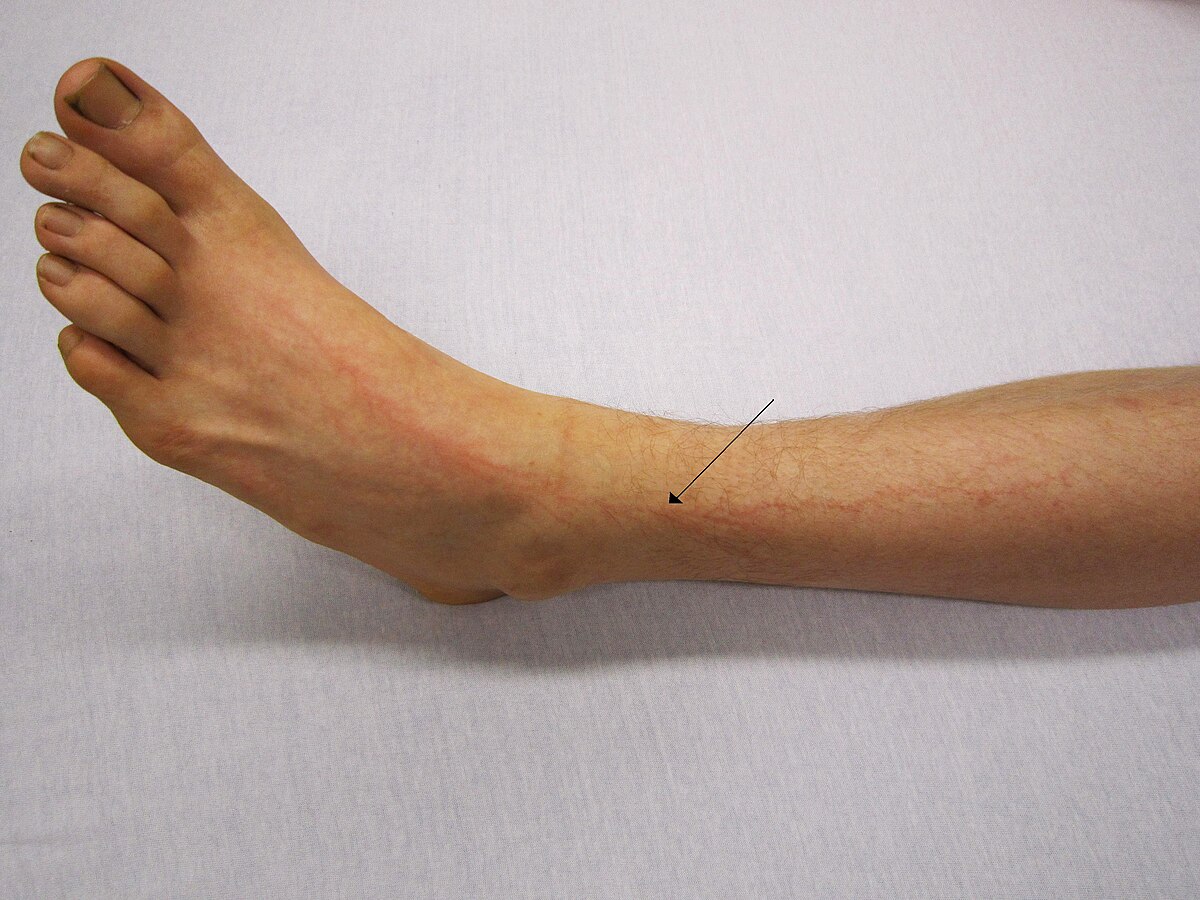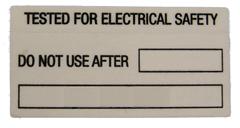B
bmbouter
This is so important please could you post a better picture so those 'in the know' can confirm the wiring is actually correct for you.
I agree completely. I took some new photos, moved the wires to get a better view, and also annotated them. I left the same pics un-annotated so you can see. Please let me know what you think!
[automerge]1587526321[/automerge]
I ran some additional tests. I reconnected the light and I ran 2 tests. I'm interested to see what you think about my conclusions.
The voltage I measured with one lead in the water and the other into the earth directly. A DC measurement showed 0 while an AC measurement showed roughly 20V. So to me this means it's VAC not DC. I also included a picture of the transformer inside the hot tub control board and also a copy of the circuit diagram for fun too.
I wanted to know how much current was leaking so I had one lead in the water and the other in the earth. I tried the 10A amp option first it read nothing, then I went to the 200mA option input and with the DMM on the 200u it showed 11.1.
Does this mean it's an 11uA shock at 20V? I am concerned this isn't an accurate reading because the DMM is in parallel with the light circuit which is still connected and I'm not sure how I could measure this otherwise. If I measured the light circuit directly it wouldn't account for the significant loss in conductivity due to the water.
If you have suggestions for how I can accurately access the voltage and amperage, or if my conclusions aren't accurate.
Attachments
-
 incoming_breaker_annotated.jpg117.4 KB · Views: 21
incoming_breaker_annotated.jpg117.4 KB · Views: 21 -
 incoming_breaker.jpg88.7 KB · Views: 17
incoming_breaker.jpg88.7 KB · Views: 17 -
 hot_tub_annotated.jpg126.5 KB · Views: 17
hot_tub_annotated.jpg126.5 KB · Views: 17 -
 incoming_breaker_2_annotated.jpg140.6 KB · Views: 16
incoming_breaker_2_annotated.jpg140.6 KB · Views: 16 -
 incoming_breaker_2.jpg112.6 KB · Views: 21
incoming_breaker_2.jpg112.6 KB · Views: 21 -
 transformer.jpg82.9 KB · Views: 16
transformer.jpg82.9 KB · Views: 16 -
 voltage_test.jpg115.7 KB · Views: 19
voltage_test.jpg115.7 KB · Views: 19 -
 current_test.jpg135 KB · Views: 22
current_test.jpg135 KB · Views: 22 -
 circuit_diagram.jpg126.6 KB · Views: 22
circuit_diagram.jpg126.6 KB · Views: 22
Last edited by a moderator:


